New kid on the block; hosting the worlds in Palma velodrome
On February 16th, the day after the end of the Challenge Volta Ciclista a Mallorca, Cyclingnews had...
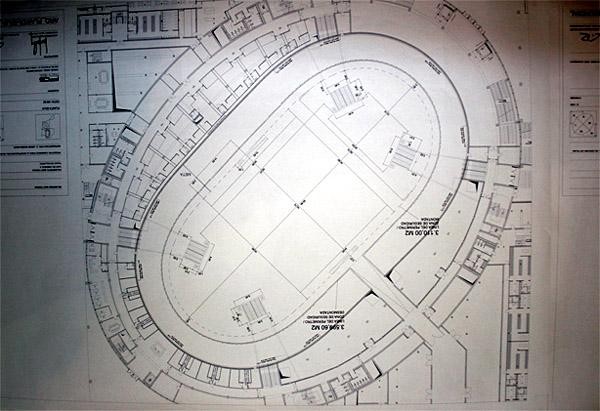
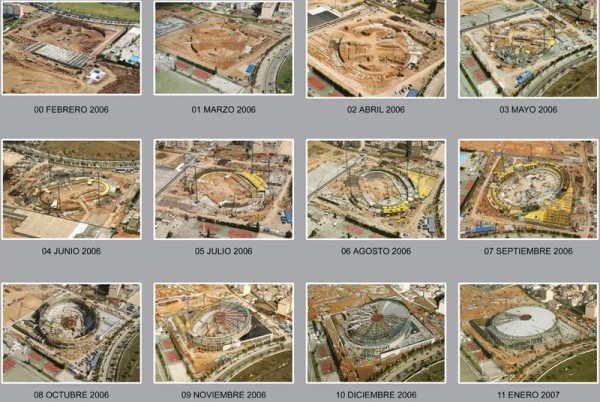
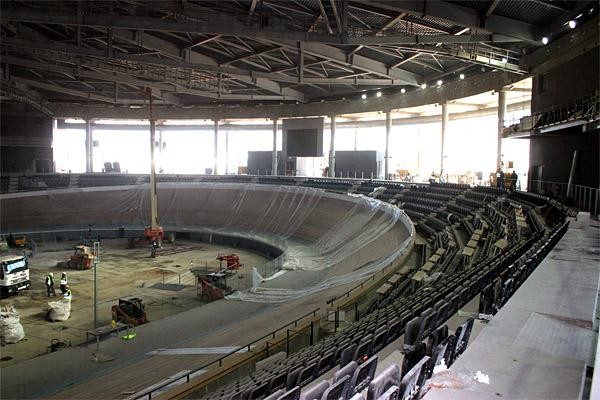
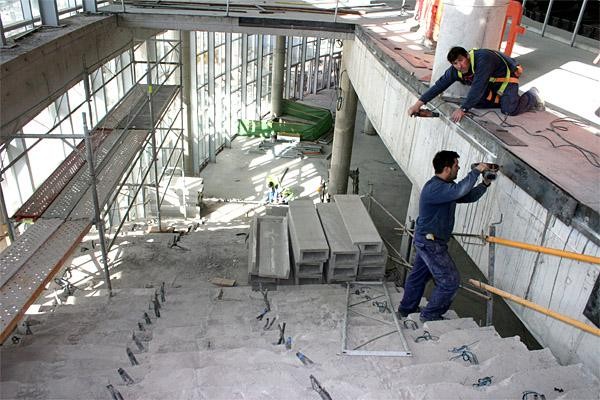
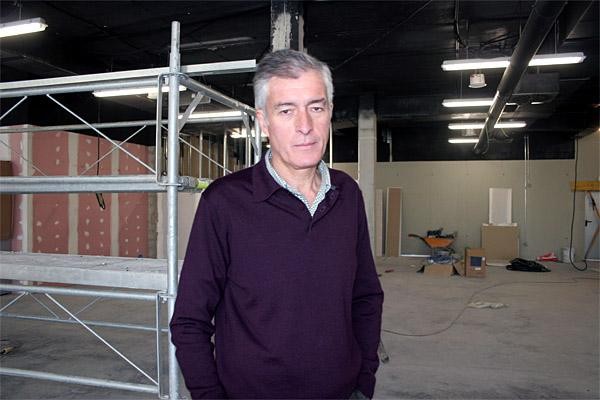
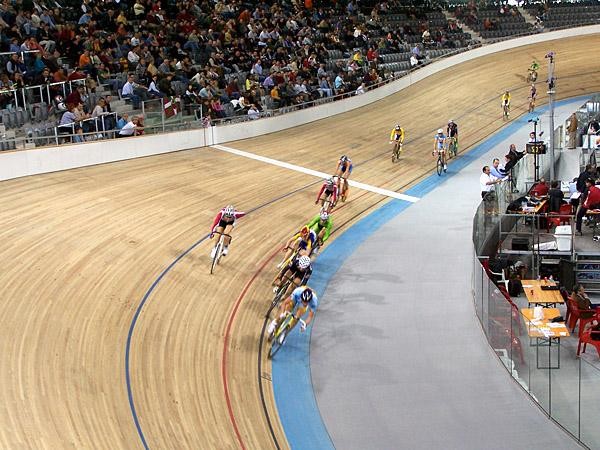
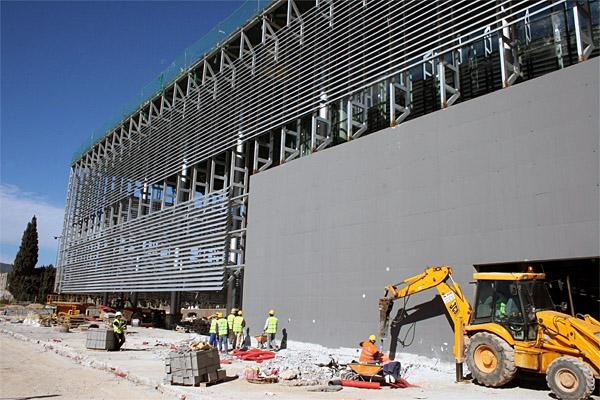
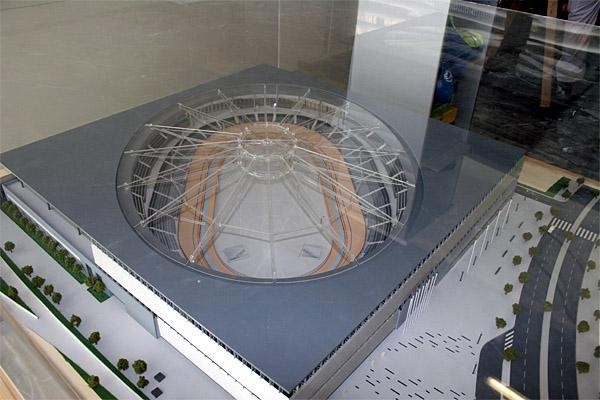
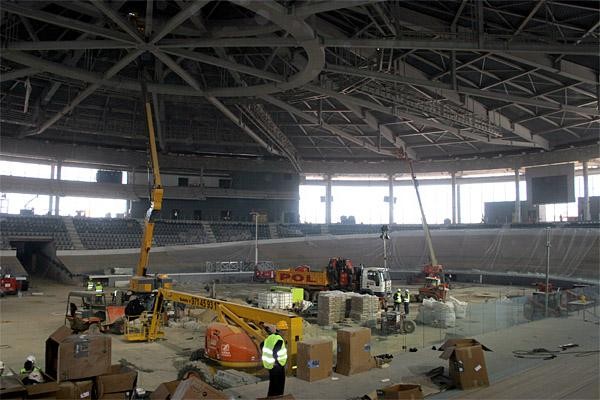
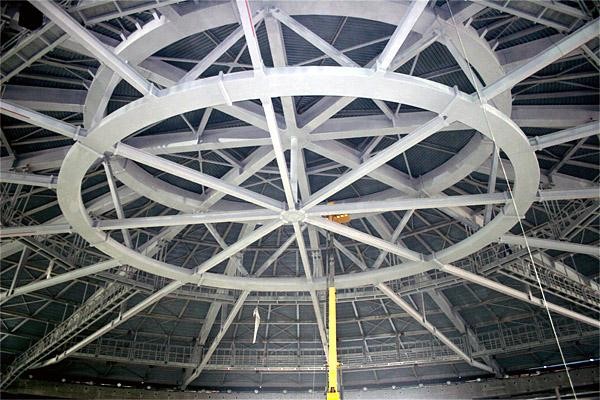
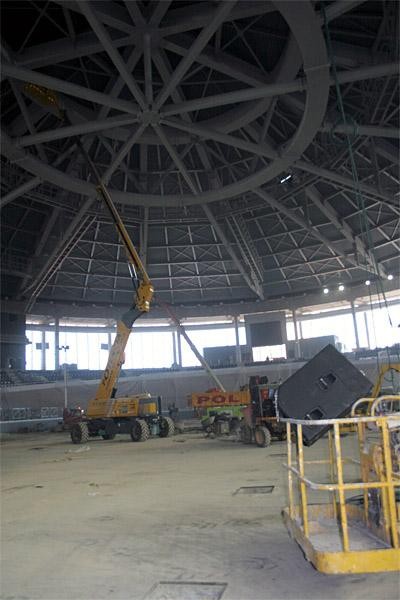
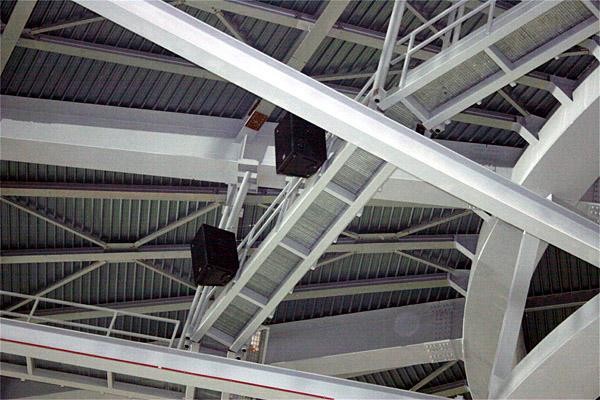
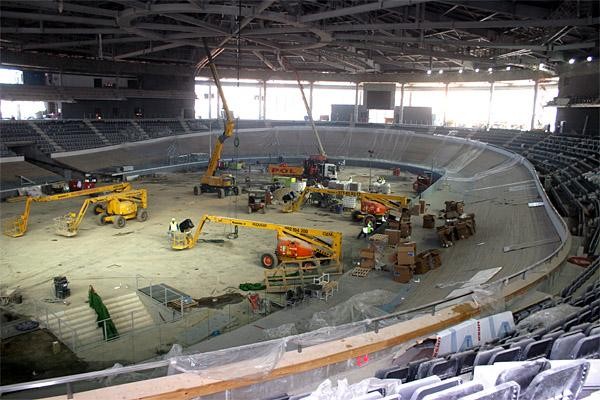
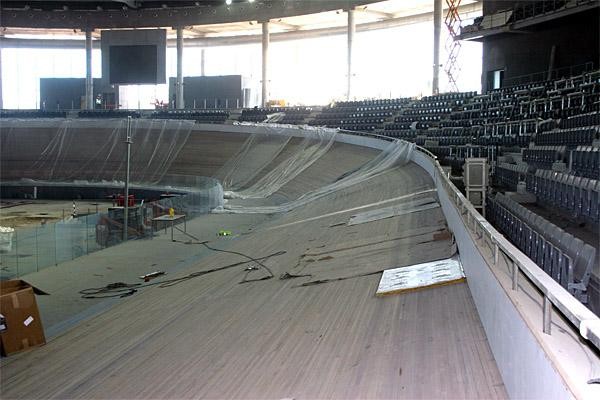
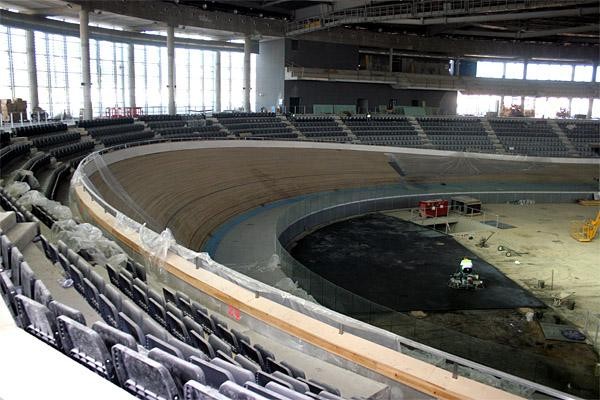

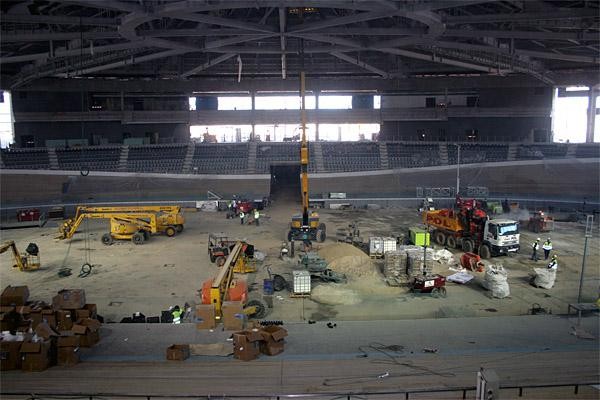
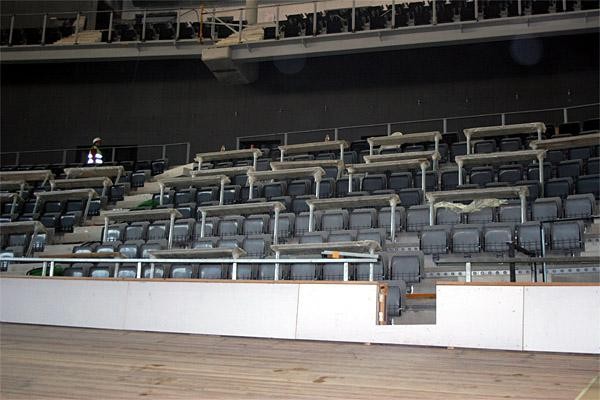


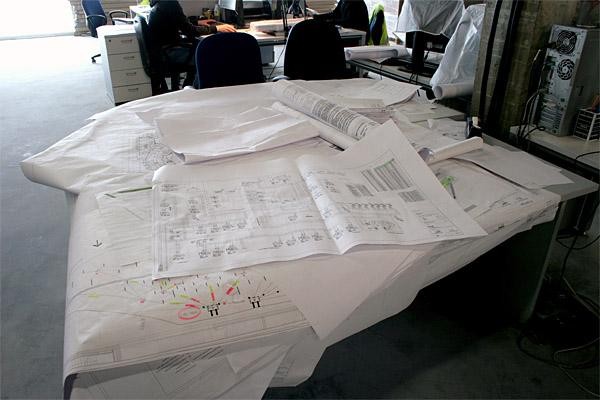
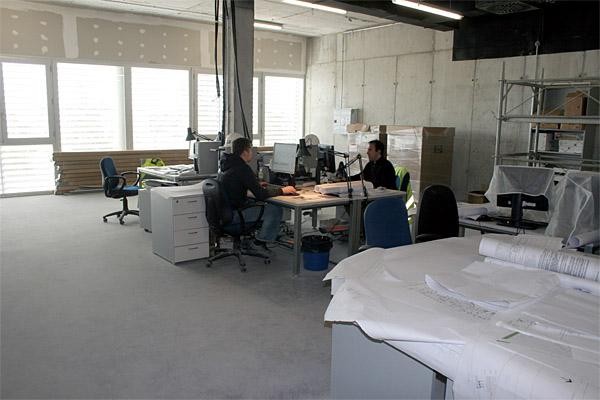

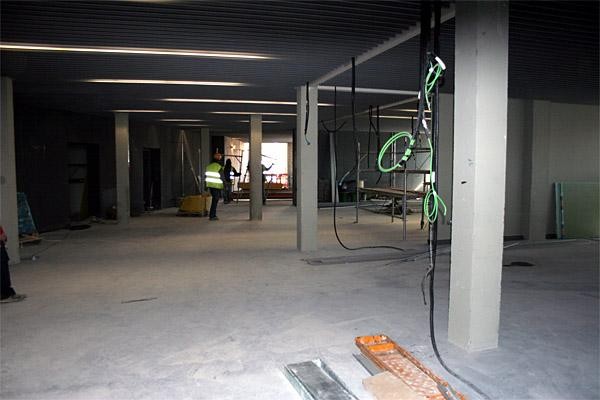



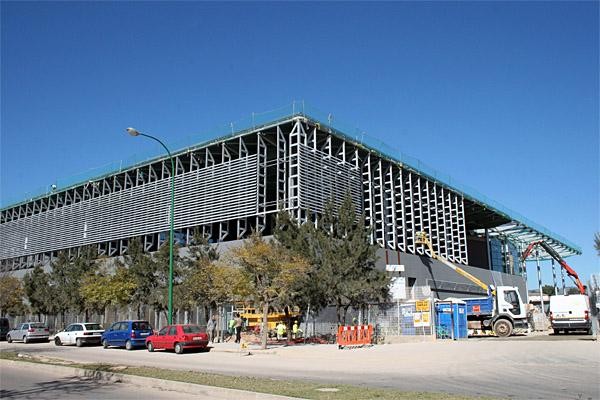


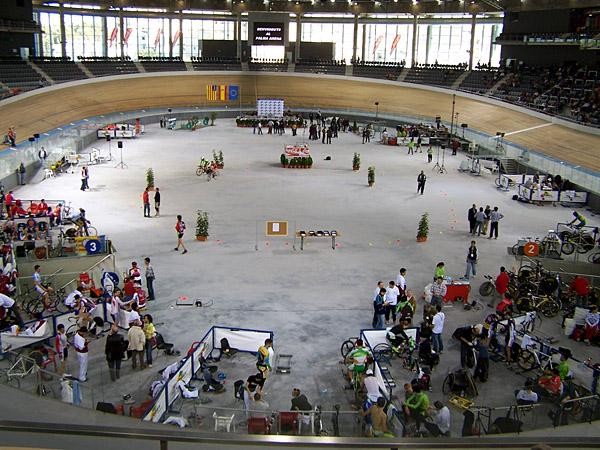
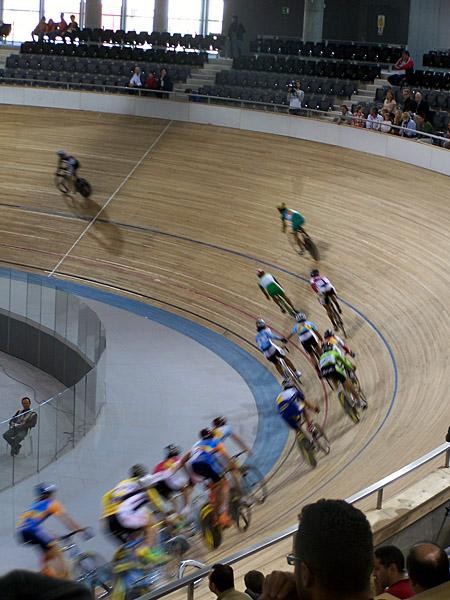
News feature, March 22, 2007
In just over a week’s time the 2007 world track championships will be held in the newly-constructed Palma Arena in Majorca. Cyclingnews' Shane Stokes visited the site earlier this year and saw the scale of the work that was in progress to get the venue finished in time.
On February 16th, the day after the end of the Challenge Volta Ciclista a Mallorca, Cyclingnews had the chance to visit the location for the 2007 track worlds. Situated in the north of Palma, the island’s capital, the Palma Arena was still very much in the process of being built. Five hundred workmen were labouring day and night to get the velodrome and surrounding structure finished in time for the worlds, which will see riders from many different countries scrap it out from March 29th - April 1st.
It has, to say the least, been a considerable task. Construction began in November 2005 and on April 2 2006 - less than a year from the date of the worlds - the site was largely bare. As the photos show, in July there was still not a lot of above-ground construction, although this had improved somewhat three months later. From that point on things accelerated; by October 8th the walls were largely completed and the central structure which would support the roof was in place. The framework was finished by December and the roof was completed early in the New Year.
At the time of our visit, things were still very raw inside and out, with raw materials, cement dust and wires visible all around the place. There were many labourers hard at it, working to get things done. It was hard to envisage things being completed within twelve days, as was the project timescale. However those involved with the organisation were confident that the collective efforts of the workforce would see the project finished by February 28th, as agreed in the construction contract.
That would leave one month before the worlds, giving time for a proper tryout via the hosting of the Spanish championships there from 2nd - 4th of March.
Given the pace and complexity of the work, it has been a huge task to oversee the project. Jorge Moisés Marín acted as the construction manager and with that now completed, he has switched roles to act as director of the worlds. He was very busy on the day of the visit but was able to take a few minutes out to speak to Cyclingnews about the track and other facilities, known collectively as Palma Arena.
Get The Leadout Newsletter
The latest race content, interviews, features, reviews and expert buying guides, direct to your inbox!
"We have been working very hard to get this finished, but think that it is going to be a spectacular facility," he said, talking in the partly-finished production office in the heart of the building. "There has been a substantial investment to build this - the total cost is €50 million. This quantity is mainly financed by the government of the Balearic Islands, with the Mayor of Palma and the sports council of Spain also having an input. But it’s very much the Balearic government that is putting in the bulk of the money."
As a UCI official pointed out to Cyclingnews, that cost was made bigger by the rush to get Palma Arena finished in time for the worlds. A huge workforce was required and with much work happening outside the normal hours, this will have resulted in a large budget increase. However, once the project is completed and things are fully up and running, there will be many beneficiaries.
"The idea is that this is a complex for many sports, not only for cycling," continued Moisés Marín. "For example, next September the European basketball championships will be hosted here. We will have other sports too, all taking place inside the building. There will be volleyball, a very traditional game here, plus athletics, basketball and tennis, with the likes of Rafael Nadal likely to play."
There will be several benefits. Firstly, the public will be able to see big names from a range of sports in action on Majorcan soil. Secondly, the spectators and others will have an opportunity to use the same facilities themselves when they are available, enabling people to become involved on both visual and participatory levels.
There should be a resulting health benefit to the population and, in addition to this, a benefit to Majorcan tourism due to the publicity achieved through television and other media coverage of high profile events there. €50 million is undeniably a lot of cash, but in time that investment will certainly pay off.
Taking the tour
Cyclingnews met the press officer for the world championships, José Manuel Martínez Egido, at the finish of day five of the Challenge Volta a Mallorca series. He was overseeing a small team of workers which was distributing programmes to the spectators, letting them know about the upcoming world track champs and generally raising awareness.
Martínez Egido was pleased to show off the new velodrome the following morning. It may have been very raw and unpolished at the time of the visit, but he was clearly excited by what was in store.
"It is going to be great when it is completed," he said. "There is a budget of €50 million, with 90% of that paid by the government of the Baleric Islands. In all there are 500 employed to work here during the construction of it.
"There will be a total of 16,000 square metres, with this area including 14 changing rooms, storage space for bikes, and residences for 18 - 20 athletes. So that means that some of those training here will be able to stay, making things more straightforward for them."
Walking into the centre of the velodrome, he talked about the specifics of the 250 metre track. "There is a 44 degree banking, which drops to 15 degrees along the straights. The wood used is from the Ukraine and, as you can see, is all in place but still needs to be sanded and varnished. That will all be done soon."
At the time of the visit, there were several large machines in the centre, including several cranes. A moveable section of the track had been put in place, enabling machinery and large vehicles to be brought in and out as needed. This will be a permanent feature, requiring very precise construction in order to maintain the required surface join needed for the velodrome boards.
Under the designed layout, the press area is to be situated in the centre of the Arena, inside the track, while the tribune for the radio and tv will be located in the stands. A restaurant and a number of cafes have been put in place to cater for the needs of the spectators, and on the upper section of both sides of the building there is a large area where sponsors’ stands can be set up like a village du depart. These two areas will also serve as gathering points in the case of any emergencies within the centre of the area.
Also located within Palma Arena is an office for the Illes Balears cycling federation, plus a museum.
"The way the building was constructed is very interesting," said Martínez Egido. "If you look up at the roof you will see that it is completely self-supporting in the centre. There is a very big circular structure there, from which the rest of the roof extends out to the walls. That centre structure was the first part to be made and was initially held in place by temporary pillars. Everything was then built around that before the pillars were taken away.
"It’s a pretty unusual structure and different to many other velodromes, in terms of construction."
One notable point is that there is a large amount of natural light in the Arena, thanks to two huge sections of windows positioned behind either bend. Majorca is known for its fine weather and consequently Palma Arena will benefit from this external illumination.
Palma Arena - the future
Now that it’s been finished, the Balearic Government and others can start to reap the benefits of the Arena. Staging the world track championships is prestigious for the island, and should motivate young riders and those considering taking up the sport. The spectators will also enjoy what should be five days of top-notch racing.
Martínez Egido will have been encouraged by the ticket sales and more should be sold in the final run-up to the start of racing on March 29th. "There has been a lot of advance publicity," he said, explaining that awareness is generally very high. "There are sponsors such as Shimano, Santini and Tissot in place, and an advertising agency that will generate publicity."
Looking further ahead, manager Jorge Moisés Marín said that there is scope to host many different sporting events, as well as concerts. The seating can be modified in order to provide access to as many spectators as is possible.
When asked about the capacity, he used an architect’s blueprint to explain his point. "Well, for cycling events there are 5185 seats," he said, pointing out the areas concerned. "We need to provide a bit of space for the news reporters and the press tribune. Television cameras will also take up space, but there is more or less this quantity.
"When there is another sport in the centre of the Arena, we will do things a bit differently. At the position of the bends in the track we can put in special seating for the spectators. This is necessary because firstly, it can bring the people closer to the action. The other reason is because if there are more people here (on the inside of the track) we can fit a total of 7000.
"When we do that, we will cover the surface of the track with some special material like sails of a boat. This is for two reasons. Firstly, to protect it, and secondly because to the television cameras, the track is distracting. It’s important to note that the seating doesn’t go on the track, but rather inside it.
"We can put up a tribune for this purpose, something which will be 15 metres tall. Because of that height, it is logical that you do not put other spectators behind it, in the usual place on the outside of the bend. There generally isn’t seating for very many people there anyway, and doing thing this way means we can bring in a lot more spectators. Another advantage is that the people are closer to the action and have more atmosphere to enjoy the sport."
That’s not all; the capacity can go up even more if a different type of entertainment is envisaged. "If we have concerts, we can rearrange things again, putting the stage on one end and allowing spectators to go into the centre section. Doing it that way means that we will have approximately 9000 people."
Moisés Marín said that he isn’t yet sure how many concerts will be held in the Arena. All that will be decided in time but, first of all, he states that his role is to organise a good world championship. The building is now in place, the track is varnished and ready, and the spectators are lined up to come along and cheer. The riders are the missing ingredient but they will be arriving over the next few days, ready to get the 2007 world track championships underway in what is certainly the newest - and, quite possible, one of the best - velodromes in the world.